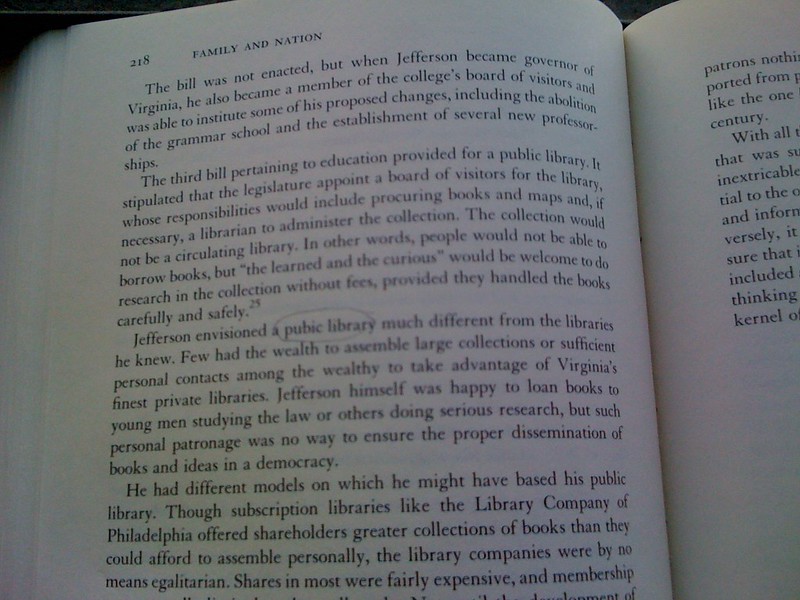October 13, 2024
I’m not sure what number attempt this was to go on the mule-pulled I&M canal boat trip with a mule pulling the canal boat, but we arrived in LaSalle, Illinois, in time for breakfast and a look around the Lock 16 gift shop. I’d reserved one of the earlier times because high winds were predicted for the early afternoon, and one thing I know from previous experience — the boat can’t go out when it’s windy. (We’d see why later.)
We arrived early enough to spend quality time with our guides and Moe, the elderly mule. I learned Moe had been diagnosed with Cushing’s disease (possibly around the time the previous ride had been canceled); he’d been feeling better since he’d been put on medication, but its effects would diminish over time; and this was his final month as the canal boat mule — he was going to be retired. His replacement, a young mule named Larry, was in training. The Volunteer is not a heavy boat, and it sounded like a young mule would try to move a little too fast. Meanwhile, Moe ignored us, nipping at the grass as he meandered all over the place.
I noticed additional metal figures. One of them was of a man from western New York. I know that place! Another was of Wild Bill Hickock. A fight on the canal had led him to turn outlaw. (Later I would realize he came from a nearby town, which would have been worth a visit.)
Finally the other passengers arrived, and we were given an interesting talk on the canal’s history. And away we went at an elderly mule’s pace — which is likely as fast as you’d want to go on The Volunteer. The weather was perfect, and I was very glad to be able to do this.
Afterward, we spent a little quality time with Moe. Very little, because he preferred to wander, but he did accept snacks from me and let me give him some scritches.
Later we went back in time to see the boat leave on its next trip. The wind had picked up as predicted, and the crew was struggling to keep it from swinging. They possibly took Moe off it at some point because it ended up against the opposite bank.
We stopped at Starved Rock Lodge for a snack (and fudge for me), then at Jeremiah Joe in Ottawa. At last I could go back to Chicago with a mule-pulled canal boat trip under my belt.
Signs:
Wild Bill Hickok
1837-1876
Canal drivers were responsible for leading the mules or horses that pulled the boats along the canal towpath. They walked 10 to 15 miles per day and helped care for the animals. Drivers had to coax the notoriously stubborn mules and occasionally had to rescue horses or mules that fell into the canal. Drivers also coordinated the sometimes tricky maneuvering necessary when boats passed each other on the narrow towpath.
John Means
Canals developed a distinctive culture, including boat captains, mule drivers, and locktenders. Little is known about most of the working class men who labored to keep the boats moving up and down the canal. Locktenders were paid $300 a year and were on call 24 hours a day from April until December. Their slumber was often interrupted by the bleating of the boatman’s horn, announcing a boat approaching.
Waterways That Built Chicago
You are walking in the footsteps of people who have traveled this passageway for centuries. Native Americans first used the waterways for trade. They showed their routes to French explorers, the first to dream of building a canal.From 1836 to 1848, immigrant workers dug the 96-mile I&M Canal by hand. It opened a water highway between New York harbor and the Gulf of Mexico. It made Chicago our country’s greatest inland port.
The canal closed in 1933, when larger man-made waterways, railroads, and highways took its place. Today the Illinois and Michigan Canal National Heritage Corridor, a new kind of national park, welcomes travelers to the parks, trails, canal towns, and landmarks along this historic passageway.
John W. Connett
1812-1885
Boat Captain
John Connett was one of the most popular packet boat captains on the I&M Canal. Born in western New York, he piloted a boat on the Erie Canal before moving to Chicago in 1848. One testimonial to Connett characterized him as “one of the most experienced and successful navigators on the canal.” An attentive and accommodating boat captain could make an uncomfortable passage more tolerable for harried passengers.
Rene-Robert Cavalier de La Salle
1643-1687La Salle dreamed of creating a French fur trading empire in the Midwest. He came to North America in 1667 and traveled to Illinois in 1680. During the winter of 1682-83, he established Fort St. Louis atop Starved Rock for protection from the Iroquois. This intrepid French explorer was one of the most dynamic characters to have passed through what is now Illinois.
North Meets South
It is difficult to imagine the frenzied activity between locks 14 and 15. Steamboats from New Orleans carried molasses, sugar, coffee, and fresh oranges and lemons from the South. Canal boats carried lumber, stoves, wagons, and the latest clothing styles from the East. Local farmers brought corn and wheat to be shipped to Chicago and points east. Passengers hustled to make connections to canal boats headed to Chicago or steamboats bound for St. Louis and beyond. LaSalle took on a unique character, as a place where Northern and Southern culture met.



































